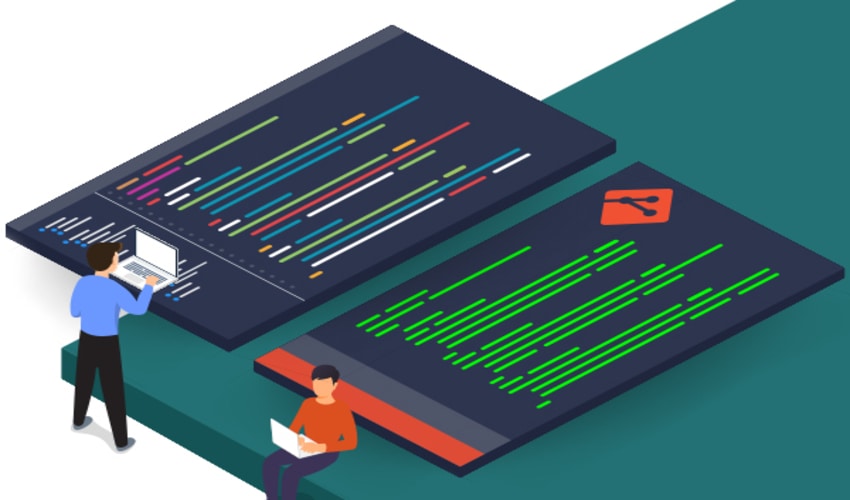The software development industry is chock-full of developers and engineers. You work on tickets/issues/tasks, create branches, merge requests, and patches. But this is not all the list of tasks, one of the most highlighting ones is none other than reviewing codes. Code reviews enhance the product quality and make a software product bug free in its initial stage. Just like when a chef makes a special dish, he/she first testes a bit of the dish to check the appropriate amount of spices before the dish gets ready and is presented in front of customers. Why does a chef do that? Well, because a chef always wants his/her dish to be perfect that relishes the taste buds of its valuable customers.
Similarly, a code reviewer can be considered as that chef who is very much concerned about the quality of its product before it is delivered or presented. The reviewer is responsible for detecting those loopholes that are being left untreated by the code authors. A team of a skilled and expert team of reviewers or code review services from the best service providers is very much important in this regard. Healthy software relies mostly on the error-free codes.
It is important for reviewers to continuously look out for the ways in which the reviews can be made more effective and efficient. Don’t worry, we have come up with a list of principles that you as a developer and reviewer can follow to ensure a better and efficient code review process.
Let’s discuss them out;
Rigorous review of codes – First and prime principle for reviewing codes, is to review rigorously or thoroughly. If you fail to invest your time and effort on the codes that demand your attention and priority, then expect to face disasters and consequently, your software product will suffer. Even if you then launch a software it would not get popularity among the competition and targeted audience.
Usually, if you are unable to detect or pinpoint the vulnerabilities, then the code is either perfect (almost never true) or you are missing something. Therefore, you can use it as a fairly accurate and appropriate measure of code quality.
Codes must be simple and easy to understand – All successful software projects are developed as simple and maintainable code entities. If the code reviewer cannot understand the merge request at first glance, the code is unreadable. If a code checker who sees a JIRA issue cannot figure out how a given code change implements a functional description, the code is not pure enough to be read. Many great people have emphasized this in many places before.
Ask questions and research if you are unable to understand anything –
In truly elegant code, simplicity is often better than complexity. The only way to know whether to use the best solution is to understand the current solution. Others may need to read this code. If you are unable to understand the code, you may need to refactor it, clean it up, or comment it better. The more knowledge you have, the better your code and comments will be!
After you finish, you should be able to answer the following two questions yourself:
“What goal does this code accomplish?”
“How did it achieve this goal?”
Prioritize things when you write suggestions – The code must be functional, clean, clear and maintainable and optimized. All of these aspects are important for a good and successful code but prioritizing the order is important. If the code doesn’t work, don’t worry about style yet. Similarly, if the code is broken or poorly styled, optimization is only going to make things worse.
Follow up on reviews – After the proposed changes, you should be ready to check again. Make sure that the necessary changes have been made and all problems found have been properly resolved. Be sure to put as much energy in the follow-up review as the original review!
Test and documentation – Last but not least. Testing is the low-level documentation of the code. Even if the test covers 90% of the code, there may be some warnings if you don’t double-check the changes. Check the quality of tests than the number of tests written. It is to check whether tests are testing the critical logic of the implemented feature.
Conclusion
More or less, these are the factors that an organization’s team’s developers need to check when conducting code reviews. By remembering these above-mentioned principles, you can take your code inspection skills to a new level.

















Leave a Reply